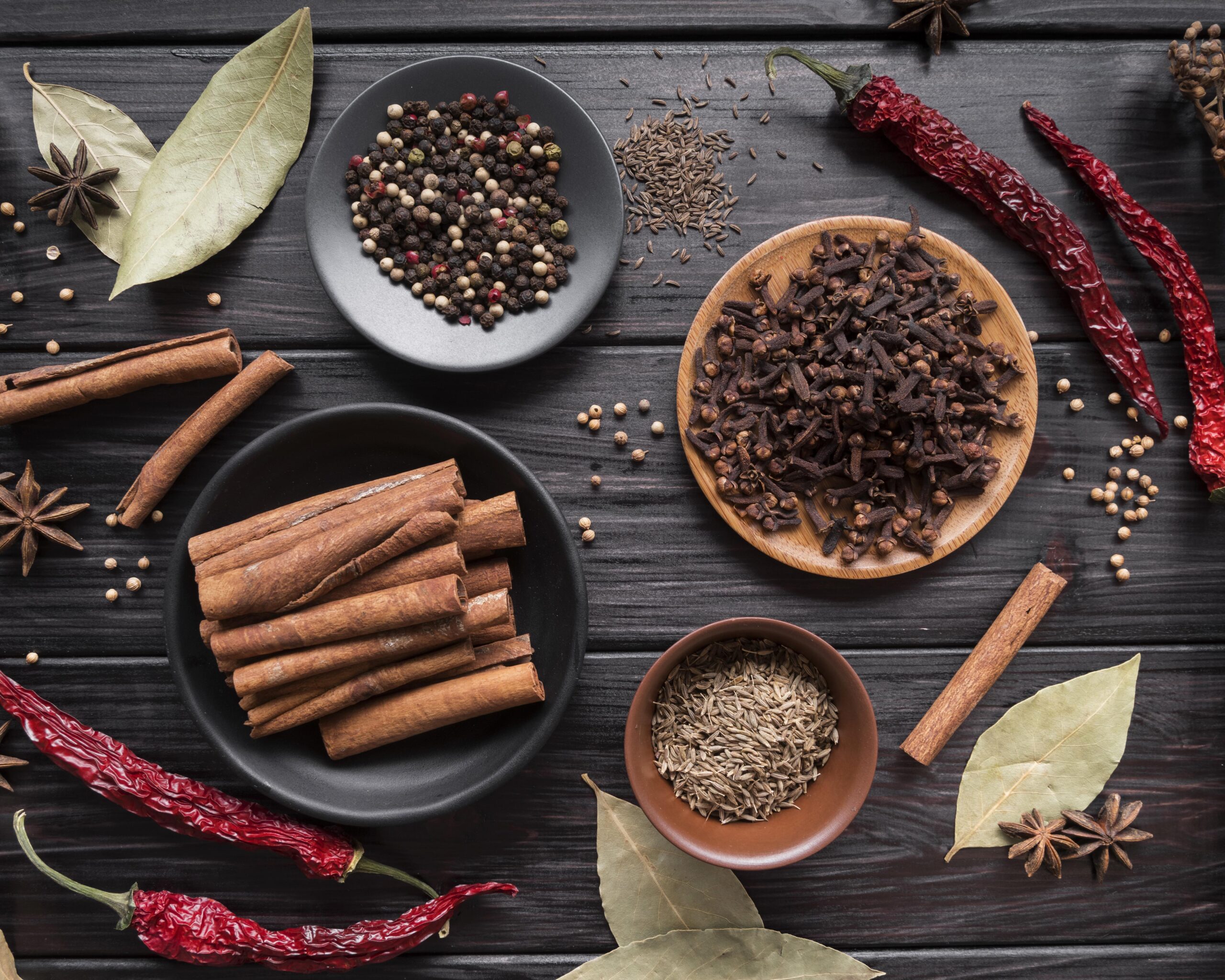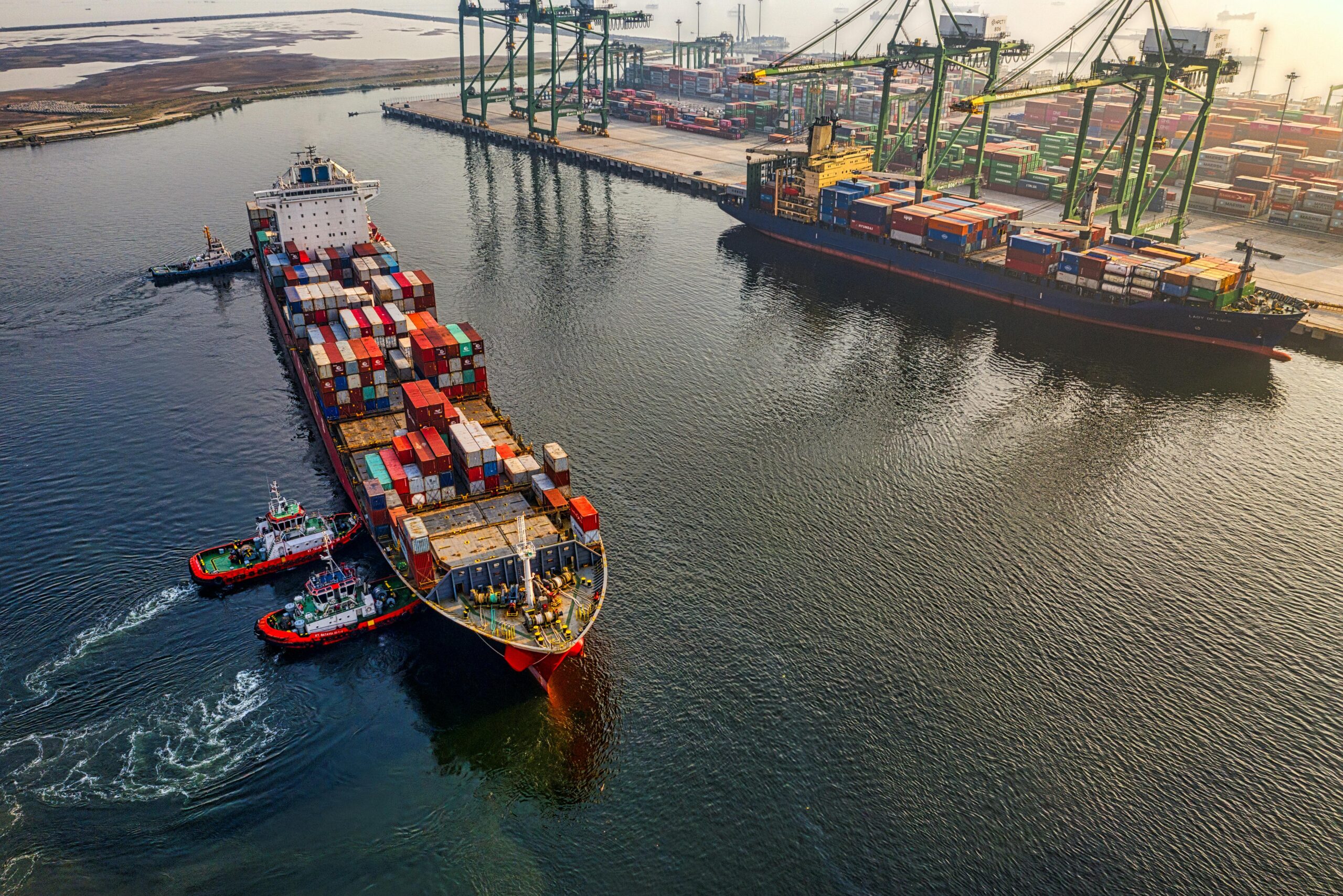Overview
Indian spices have always been the cornerstone of the country’s culinary heritage, but in 2025, they are doing much more than flavoring curries. From fine-dining restaurants in New York and London to home kitchens in Dubai and Tokyo, Indian spices are now shaping global cuisines, wellness trends, and even international trade patterns. This blog explores the rising global influence of Indian spices, the science and health benefits behind them, and why exporters like Exportloom are at the forefront of this flavorful revolution.
1. The Global Surge in Indian Spice Demand
Over the past decade, the world has grown increasingly adventurous with flavors. According to the Spices Board of India, India exported over 1.5 million tonnes of spices in FY 2024-25, marking a 12% increase from the previous year. The biggest buyers are the United States, UAE, UK, Germany, and Japan, collectively accounting for more than 65% of total exports.
This surge reflects a combination of culinary curiosity, rising disposable incomes, and a growing appreciation for authentic, natural flavors. Indian spices are no longer niche; they are essential ingredients for chefs, food brands, and even beverage companies seeking innovation.
2. From Traditional Kitchens to Global Plates
The beauty of Indian spices lies in their versatility. Turmeric, cumin, coriander, cardamom, and black pepper have transcended borders and cuisines. In Paris, chefs are experimenting with cardamom-infused desserts. In Los Angeles, turmeric lattes have become a staple in coffee shops. Even the Mediterranean diet, celebrated worldwide for its health benefits, is incorporating Indian spice blends for flavor and wellness.
2.1 Spice as a Health Ingredient
The global wellness trend has positioned Indian spices as more than just flavor enhancers. Turmeric, rich in curcumin, has shown anti-inflammatory and antioxidant properties, making it highly sought after in nutraceuticals, teas, and supplements. Cumin aids digestion, black pepper enhances nutrient absorption, and cardamom is praised for its antioxidant and cardiovascular benefits.
From 2022 to 2025, demand for turmeric grew by 40%, cumin by 25%, and black pepper by 18%, reflecting a global shift toward functional foods and ingredients that enhance both flavor and wellness.
3. The Role of Exporters in Global Cuisine Transformation
Indian spice exporters play a crucial role in bringing authenticity and quality to the international market. Companies like Exportloom ensure that spices are sustainably sourced, rigorously tested, and carefully packaged to retain aroma and potency. Modern export practices include cold storage, vacuum sealing, and traceability technology, which allow spices to travel long distances without losing quality.
3.1 Quality Assurance and Traceability
Global buyers increasingly demand transparency. A spice might taste perfect, but if it cannot be traced to its source or lacks proper certification, it risks being rejected. Exportloom and similar exporters employ technologies like QR-coded supply chains, AI-based quality inspections, and ISO certifications to maintain trust with international clients.
3.2 Sustainable Sourcing
Sustainability is not just a trend; it’s a requirement. Over 60% of global spice buyers now prefer suppliers who source ethically and responsibly, paying fair wages to farmers and using eco-friendly farming practices. Exportloom works closely with smallholder farmers to ensure both ethical practices and high-quality output.
4. Culinary Innovation: Beyond Indian Cuisine
One of the most exciting aspects of Indian spices in 2025 is their influence beyond traditional Indian dishes. Chefs worldwide are reinterpreting international classics with Indian spice blends:
- Cardamom-Infused Chocolate Truffles – Europe
- Turmeric Hummus and Smoothies – USA & Middle East
- Black Pepper Crusted Salmon – Japan & Australia
- Spiced Olive Oils and Dressings – Mediterranean
This fusion not only introduces Indian spices to new audiences but also inspires creativity in menu design and product development.
5. Data-Driven Insights into Spice Export Trends
Understanding global demand patterns can help buyers, chefs, and food brands make informed decisions. Here are some key trends:
5.1 Export Volume & Growth
- India exported 1.5 million tonnes of spices in FY 2024-25, a 12% growth YoY.
- Turmeric accounts for 28% of Exportloom’s portfolio, cumin 22%, black pepper 18%, cardamom 15%, and other spices 17%.
- Major export destinations remain the U.S., UAE, UK, Germany, and Japan, reflecting strong demand in both Western and Middle Eastern markets.
5.2 Market Drivers
- Health and Wellness Trends – Global consumers are seeking ingredients that offer functional benefits.
- Culinary Experimentation – Chefs and brands are integrating Indian spices into diverse cuisines.
- Sustainability & Ethical Sourcing – A growing emphasis on responsible sourcing increases demand for certified, high-quality Indian spices.
6. Challenges and Opportunities in 2025
While demand is surging, spice exporters face challenges:
- Climate Variability – Monsoon irregularities and temperature fluctuations affect crop yield and quality.
- Global Logistics – Rising shipping costs and port congestion can delay exports.
- Regulatory Compliance – Each country has unique import regulations, requiring careful documentation and certification.
Opportunities, however, are immense:
- Organic & Specialty Spices – High-growth segment driven by health-conscious consumers.
- Ready-to-Use Spice Blends – Increasing popularity in meal kits and processed foods.
- Functional Food Products – Spices as ingredients in nutraceuticals, teas, and supplements.
7. The Cultural Impact of Indian Spices Globally
Indian spices are not only changing taste profiles but also influencing cultural perceptions of food. Culinary festivals, cooking shows, and social media trends highlight the versatility of Indian spices, making them aspirational and desirable worldwide. In 2025:
- Turmeric latte recipes went viral on Instagram in over 30 countries.
- Spiced chocolate and snack innovations appeared in global gourmet markets.
- Indian spice blends are now considered premium culinary ingredients in restaurants and food startups alike.
8. Why 2025 Is a Pivotal Year
Several factors converge to make 2025 a transformative year for Indian spices:
- Post-Pandemic Culinary Renaissance – Consumers are cooking more at home and experimenting globally.
- Rise of Functional Foods – Spices with health benefits are in higher demand than ever.
- Trade Growth – International trade agreements are easing export processes.
- Digital Marketplace Expansion – Online B2B platforms allow small exporters to reach global buyers.
Indian spices are no longer an exotic option — they are mainstream, versatile, and profitable commodities in the global market.
9. Looking Ahead: Global Culinary Forecast
The next five years promise continued growth:
- Global spice consumption is expected to rise 8–10% annually in major markets.
- Specialty and organic spices may capture 25–30% of total exports by 2030.
- Indian spices will increasingly feature in fusion cuisines, ready-to-eat meals, beverages, and nutraceuticals.
These trends indicate a long-term, sustainable growth path, making 2025 not just a milestone, but a foundation for global culinary influence.
Conclusion
Indian spices have moved far beyond their traditional roles in Indian kitchens. In 2025, they are driving culinary innovation, inspiring wellness trends, and shaping international trade. From turmeric’s rise as a health superstar to the creative fusion dishes in global restaurants, the story of Indian spices is one of adaptability, quality, and cultural impact.
With exporters ensuring traceability, sustainable sourcing, and premium quality, these vibrant ingredients are poised to transform how the world experiences food. For chefs, importers, and food innovators, Indian spices offer not just flavor but opportunity, innovation, and global appeal.
In short: Indian spices aren’t just enhancing taste — they are redefining the future of global cuisine.



